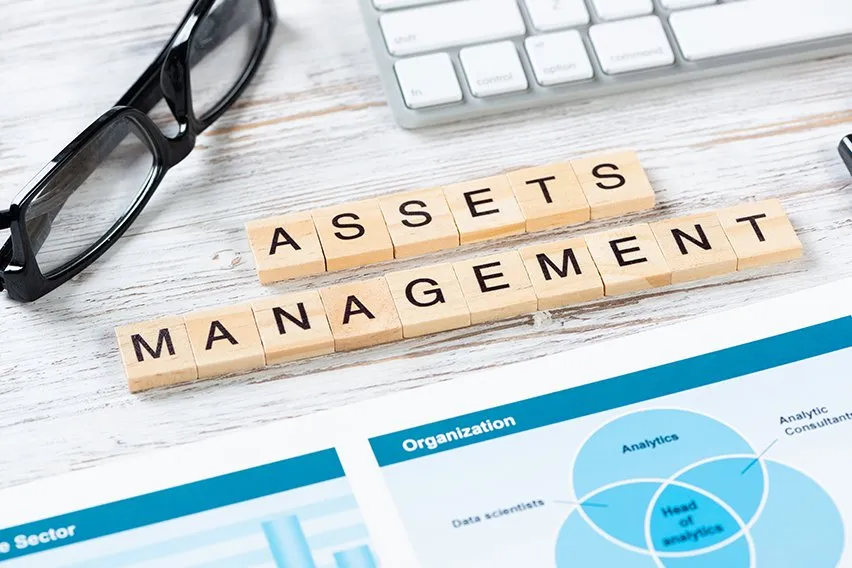What Are Abbreviated Accounts? Everything You Need to Know

What type of business do you operate? Are you a sole trader, a general partnership or a limited company? Regardless of the type of business you operate, you’re required to submit reports and documents to HMRC and Companies House. These reports can vary from general business information to tax requirements.
Every business must share statutory accounts with HMRC and shareholders at the end of each financial year. This helps ensure you’re paying the right tax, plus it gives insights into the financial health of your business. Large businesses share accounts with Companies House for financial information to become public.
Smaller businesses, on the other hand, have had a little bit of an easier time. This is since they used to be able to submit abbreviated accounts that didn’t have as much detail compared to larger companies. There have been some changes to UK company law that removed the ability for small companies to file abbreviated accounts.
But even with the new regulations, there can still be some speculation and confusion around the changes. Let’s take a closer look at everything that you need to know about abbreviated accounts.
Here’s What We’ll Cover:
What Are Abbreviated Accounts?
How Do You Qualify for an Abridged or Micro-Entity Account?
What Are Abbreviated Accounts?
Simply put, abbreviated accounts used to allow small businesses to only provide a basic balance sheet to Companies House. The balance sheet was a simple snapshot of their assets and liabilities. Plus, it would have included a brief snapshot of the business’s net value.
However, as of 2016 small companies are no longer able to use abbreviated accounts. So where do you go from here? Well, abridged accounts and micro-entity accounts have become the way forward.

What Are Abridged Accounts?
Abridged accounts contain a little more detailed information compared to abbreviated accounts. But, they are still less detailed compared to a full year-end account. A full year-end account will usually include a full balance sheet and a profit and loss account. It can also include relevant notes about the account and a director’s report if there is one.
You aren’t required to disclose your net profit with an abridged account. This is since your profit and loss account is going to start from gross profit instead of turnover and cost of sales. Plus, you don’t need to include a breakdown of fixed assets, debtors and creditors in your balance sheet.
Under some of the new changes to company law in the UK, you are going to have to decide if you’re going to abridge accounts while you are preparing them. Plus, there are a few criteria you must meet.
How Do You Qualify for an Abridged or Micro-Entity Account?
There are some criteria that you need to meet to file either an abridged or micro-entity account with HMRC and Companies House.
Abridged Accounts
You need to meet at least two criteria to file abridged accounts.
- Your turnover can’t exceed £10.2 million
- Your balance sheet can’t exceed £5.1 million
- You can’t have more than 50 employees
Micro-Entity Accounts
You need to meet at least two criteria to file micro-entity accounts.
- Your turnover can’t exceed £632,0000
- Your balance sheet can’t exceed £316,000
- You can’t have more than 10 employees
How to File Your Accounts
If you are going to file a micro-entity account, you just need to sign in to the WebFiling service. Once you’re logged in, just choose the micro-entity accounts type. You will then get taken through the process.
To file an abridged account you are going to have three different options. The first is to sign in to the WebFiling service and select the abridged accounts type. The second option is to use the Companies House-HMRC joint filing service.
To do this, you are going to need a Government Gateway account. You can then file tax returns to HMRC at the same time. The third option is to use third-party software. You might have to do some research, but it could provide a great benefit if you file regularly.

Key Takeaways
Abbreviated accounts were a way for small businesses to submit documentation to Companies House without a ton of detail. All you had to do was provide a basic company balance sheet that had a snapshot of your assets and liabilities. It also included a brief look into the net value of the business.
But, there were some changes to UK company law that removed the option to file abbreviated accounts. Now, there are four ways a small company can file their accounts with HMRC and Companies House. You can choose a micro-entity account, an abridged account, a full account or a dormant company account.
It’s worth noting that there are some criteria your business must meet in order to file micro-entity and abridged accounts. If you’re still unsure or need some additional information about micro-companies, contact HMRC or Companies House.
Did you enjoy reading this guide? Head over to our resource hub for more content!
RELATED ARTICLES

 Ecommerce Accounting: A Detailed Guide for Merchants
Ecommerce Accounting: A Detailed Guide for Merchants What Are Assets Under Management (AUM)? Definition & Overview
What Are Assets Under Management (AUM)? Definition & Overview VaR Formula: Learn How to Calculate Value at Risk
VaR Formula: Learn How to Calculate Value at Risk What Is a Purchase Ledger Account?
What Is a Purchase Ledger Account? 5 Best Merchant Account Providers in The UK
5 Best Merchant Account Providers in The UK A Guide to Filing a Micro-Entity Balance Sheet
A Guide to Filing a Micro-Entity Balance Sheet